Kalshoven
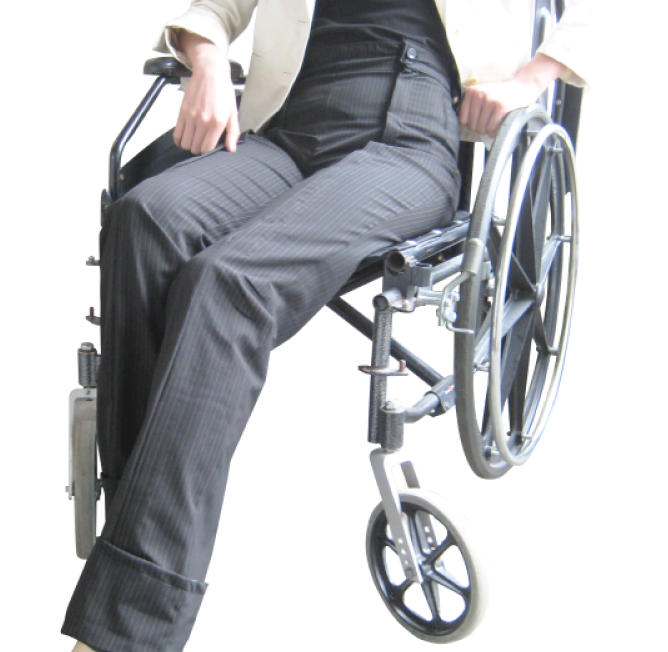

Health and lifestyle, medical devices, fashion
Richmond Centre for Disability, GF Strong Rehabilitation Centre, Emily Carr University
Eileen Kalshoven
Lucia Hsieh, Jason Lu
I conducted discovery research, product scans, co-creation sessions, sketched ideas, adapted patterns, and sewed prototypes.
2010
Cover photo by Jason Lu
We studied people with 3 types of spinal cord injuries to understand some of the motor and sensory impairments they experience and what that means for day-to-day activities like getting dressed.
Most clothing designs do not consider the needs of people with motor and sensory restrictions, making it difficult for them to wear.
For this study, we focused on people with thoracic and lumbar paraplegia.







We explored construction methods, made patterns, and repurposed from existing clothing. Note that we are not fashion designers by trade so we had to be creative in our approach.


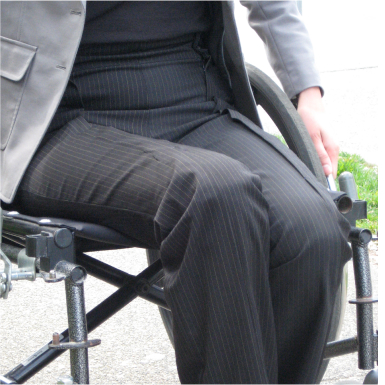

Hidden zippers are located where fold lines are usually present. This creates more surface area to place both feet into the pants then zipped up.
The construction of the winter coat lays flat to the body. There’s also a detachable panel to make your coat longer if desired.
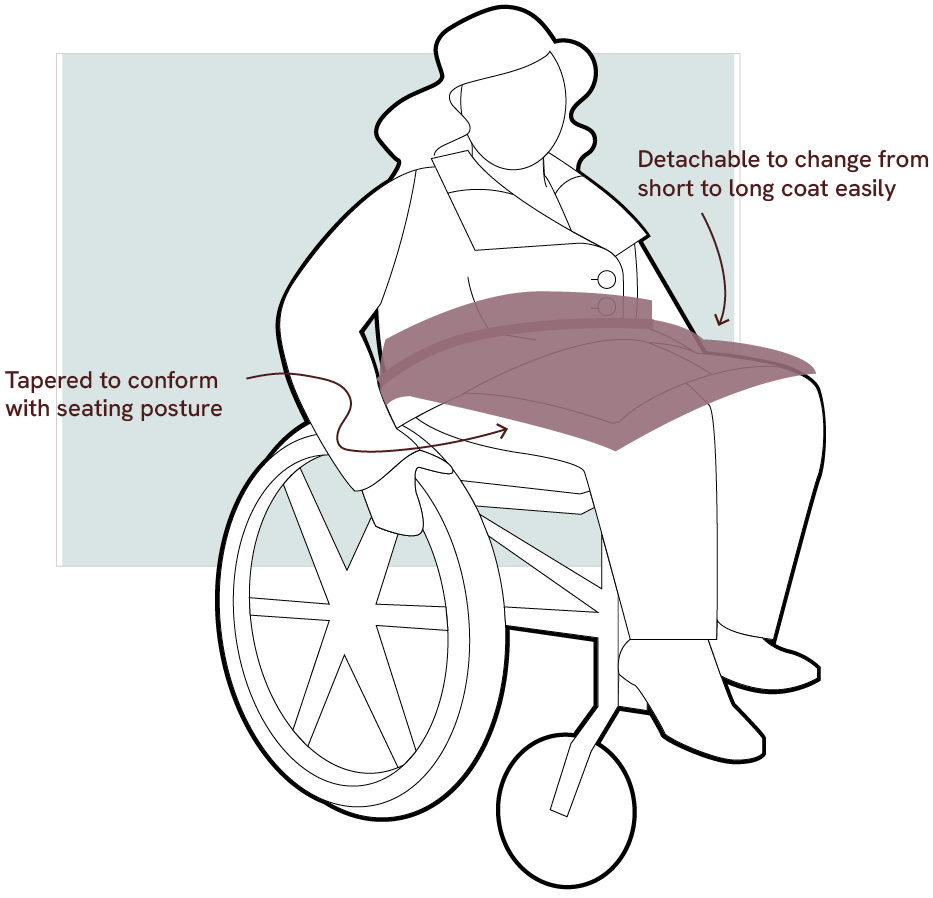

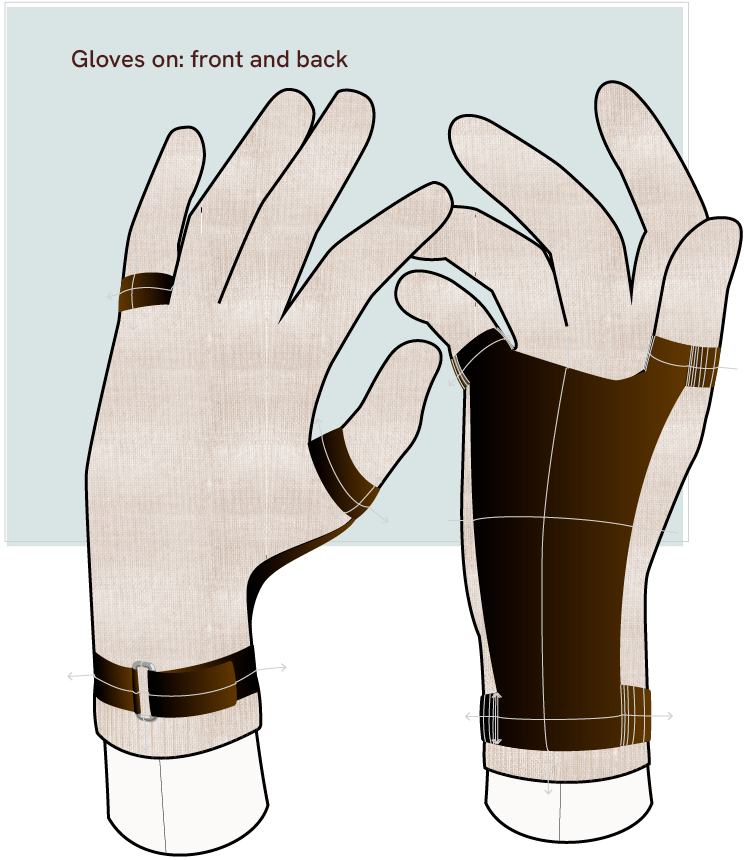

Designed to protect your wrist from getting dirty. The hand wrap can be worn with or without gloves and is adjustable with hook and loop to conform with multiple sizes.
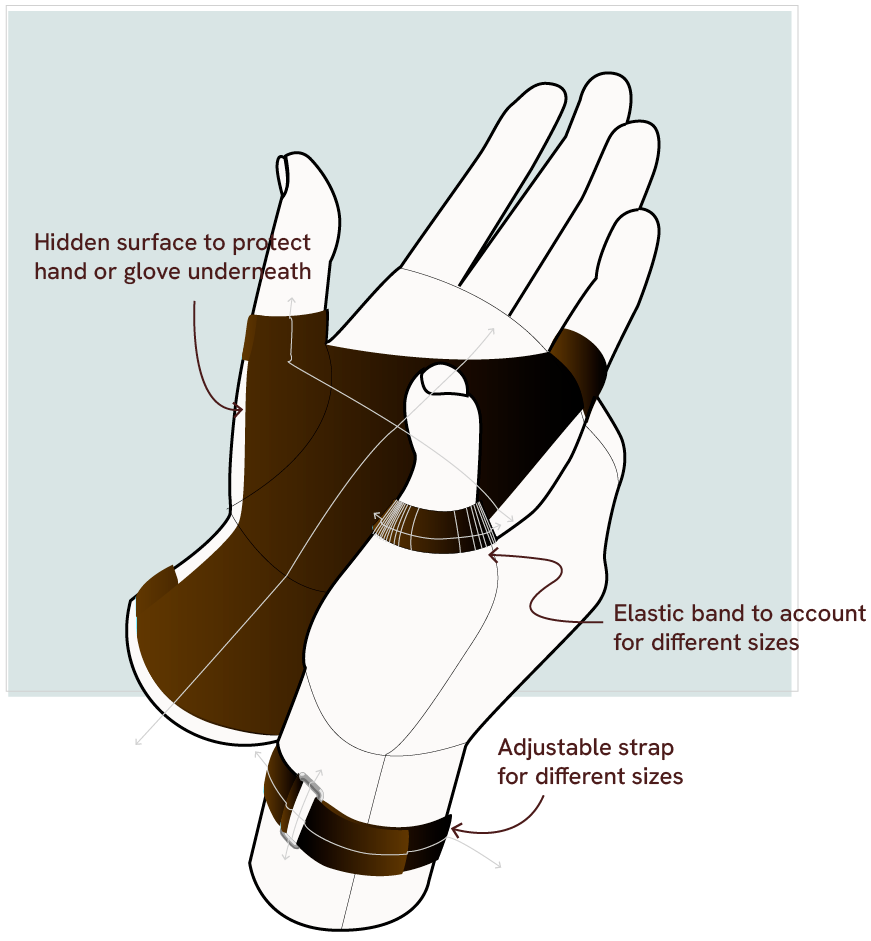








The duration of this project was for 3 months and we delivered a prototype for each pants, coat, and hand wrap. We’ve achieved a lot in that time and there is still more to be explored.
For this to be commercialized, we would need to prototype various sizes to test for fit on different body types and create patterns for production.
This project has opened my eyes to how mobility restriction could greatly impact our day-to-day life and it kickstarted my journey to design for more inclusive assistive devices.

